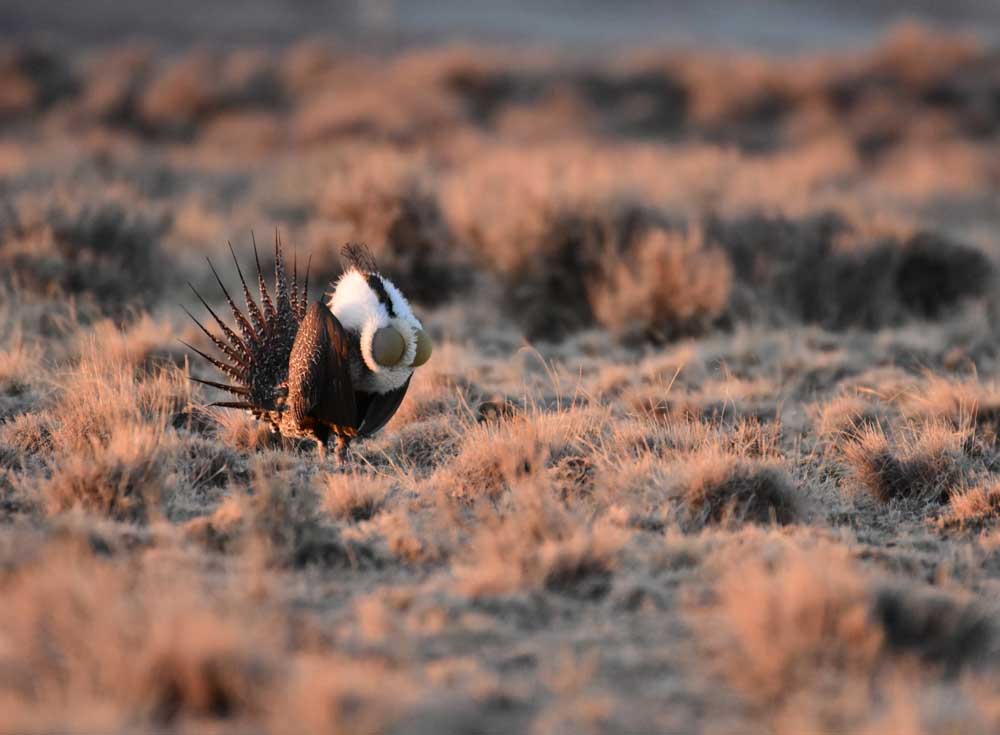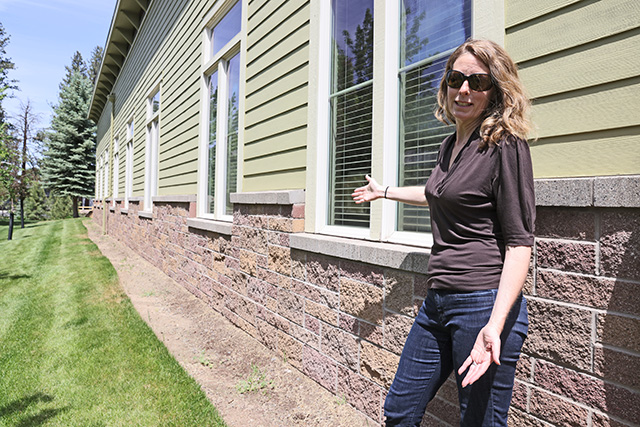Editorial: Sage grouse map could mean new restrictions on some county properties
Published 5:00 am Thursday, November 21, 2024

- A male sage grouse on a lek in Wyoming.
Sage grouse find love in a lek. It’s the stage for sagebrush seduction.
A new map for Deschutes County is designed to keep humans away from leks. It’s so sage grouse will not be listed as threatened or endangered under the Endangered Species Act.
There’s already a map of Deschutes County that shows where special development restrictions apply to protect sage grouse. The map is changing. It will be shrinking in overall acreage, but some property owners will get new restrictions on land that they didn’t have before.
Deschutes County will be mailing out notices to impacted property owners to let them know what is going on. If you live in Bend or any incorporated area in the county, don’t expect any change. If you live east of Bend, maybe.
This is not an action the county is taking directly. The effort began in 2010 when the U.S. Fish and Wildlife Service identified the sage grouse as a possible candidate for listing under the Endangered Species Act. Western states agreed to a conservation strategy to avoid any listing. Now the state of Oregon is in the process of updating habitat maps based on more study of sage grouse. Scientists collared some birds and tracked their behavior.
The acreage in sage grouse habitat areas decreased from 493,641 acres to 466,288. The number of non-federal tax lots is also shrinking from 1,114 to 934. The non-federal acres of land are increasing from 133,382 to 144,506.
A total of 70 tax lots will be remapped from low density to core habitat and subject to additional regulations. A total of 32 tax lots will be remapped from core to low density and not have as much regulation.
What might restrictions look like?
Much of the private land in question is already zoned for exclusive farm use, limiting the kind of development on it. For the land getting designated as core habitat, the restrictions apply to large-scale development. That’s defined as uses: “over 50 feet in height; have a direct impact in excess of 5 acres; generate more than 50 vehicle trips per day; or create noise levels of at least 70 dB at zero meters for sustained periods of time. Uses that constitute large-scale development also require review by county decision makers,” Nicole Mardell, a senior planner for Deschutes County, told us in an email.
Property owners can protest a designation, though, they can’t just say they don’t want it. They need to provide scientific evidence. For many, that’s probably out of reach. The county can’t just opt out of this program, either.
We can’t speak for property owners and what the new maps will mean for them. But keeping a species off the endangered species list and protecting lek love nests is something we can get behind.
Oregon’s Land Conservation and Development Commission will hold a public hearing on Jan. 23 to consider the new maps.
There is more information here: tinyurl.com/leklink.








